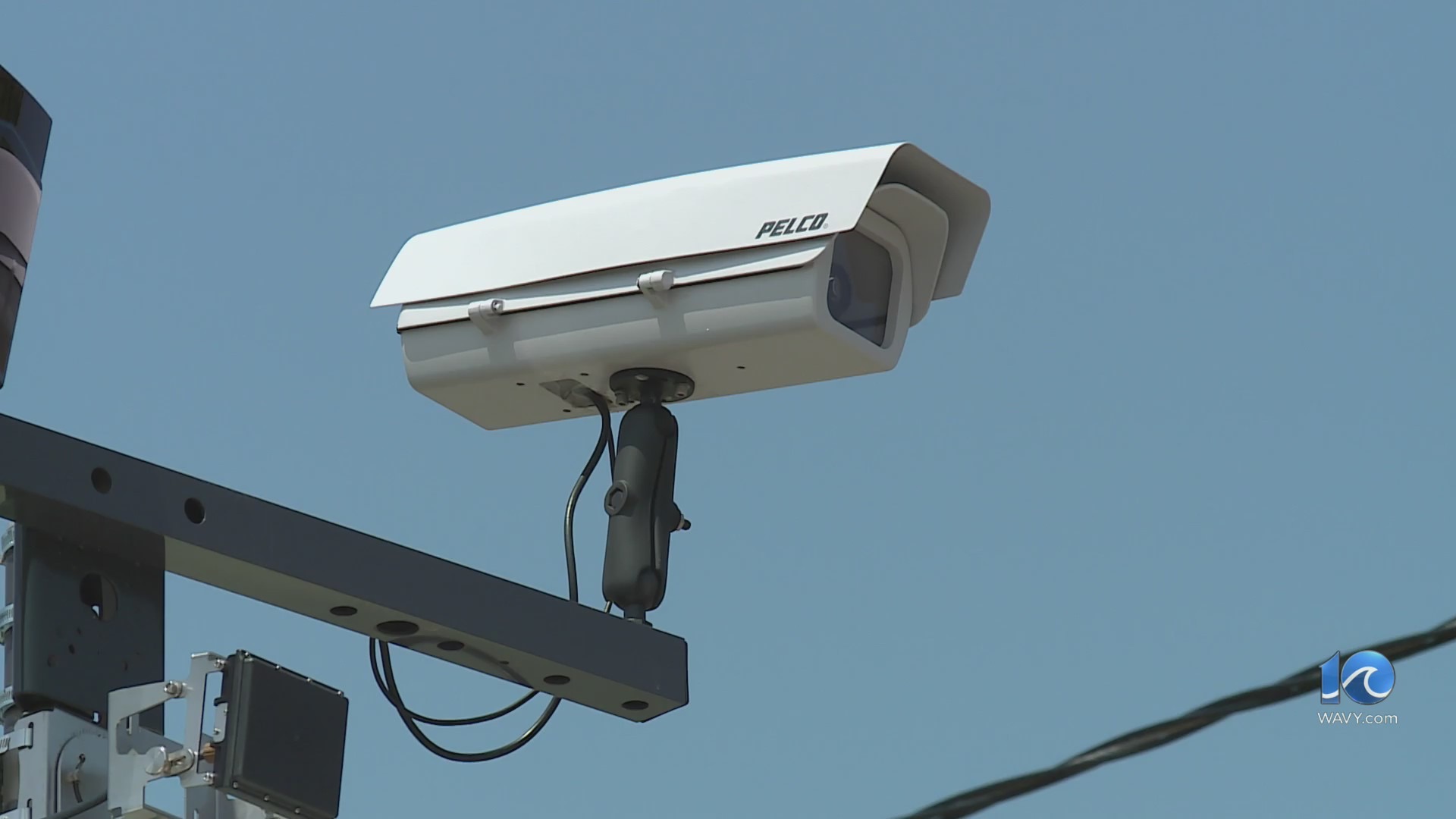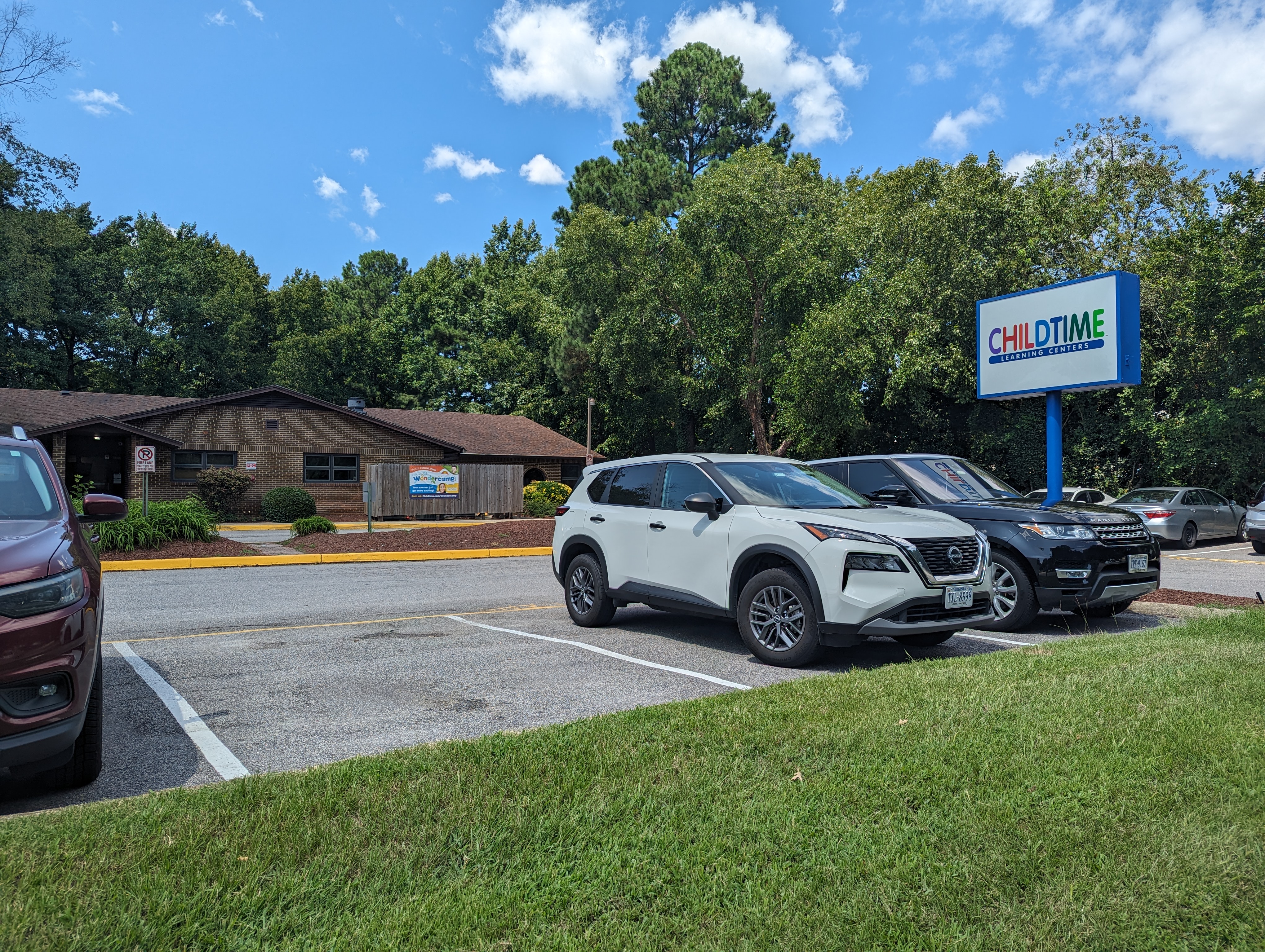NEW YORK (AP) — U.S. kindergarten vaccination rates inched down again last year and the share of children with exemptions rose to an all-time high, according to federal data posted Thursday.
The fraction of kids exempted from vaccine requirements rose to 4.1%, up from 3.7% the year before. It’s the third record-breaking year in a row for the exemption rate, and the vast majority are parents withholding shots for nonmedical reasons.
Meanwhile, 92.5% of 2024-25 kindergartners got their required measles-mumps-rubella shots, down slightly from the previous year. Before the COVID-19 pandemic, the vaccination rate was 95% — the level that makes it unlikely that a single infection will spark a disease cluster or outbreak.
The vaccination numbers were posted as the U.S. experiences its worst year for measles spread in more than three decades, with more than 1,300 cases so far.
“The concern, of course, is that with a further dip in the (vaccination) coverage, we’re going to see even more measles in the coming months,” said Dr. Sean O’Leary, of the American Academy of Pediatrics.
It’s possible that this year’s outbreaks may spur more parents to get their children vaccinated before they go to school, said O’Leary, a University of Colorado pediatric infectious diseases specialist.
But Dr. Philip Huang isn’t optimistic. Texas was particularly hard hits by measles this year, with more than half of the cases reported nationally. Despite that, the state passed a law making it easier for parents to get school vaccine exemptions for their kids.
“It’s crazy,” said Huang, Dallas County’s health director.
The Centers for Disease Control and Prevention traditionally releases the vaccination coverage data in its flagship publication, the Morbidity and Mortality Weekly Report. CDC officials usually speak to the trends and possible explanations, and stress the importance of vaccinations. This year, the agency quietly posted the data online and — when asked about it — emailed a statement.
“The decision to vaccinate is a personal one. Parents should consult their health care providers on options for their families,” the statement said, adding; “Vaccination remains the most effective way to protect children from serious diseases like measles and whooping cough, which can lead to hospitalization and long-term health complications.”
The wording is more ambivalent about the importance of vaccinations than in the past. That is in keeping with communications from U.S. Health Secretary Robert F. Kennedy Jr., a leading voice in the anti-vaccine movement before President Donald Trump put him in charge of federal health agencies.
O’Leary noted the changes in the CDC messaging, which places personal choice before community protection.
“To sort of weaken the language or weaken the messaging that they’re sending is very concerning, because what they say does matter,” he said.
Public health officials focus on vaccination rates for kindergartners because schools can be cauldrons for germs and launching pads for community outbreaks.
For years, those rates were high, thanks largely to school attendance mandates that required key vaccinations. All U.S. states and territories require that children attending child care centers and schools be vaccinated against a number of diseases, including, measles, mumps, polio, tetanus, whooping cough and chickenpox.
All states allow exemptions for children with medical conditions that prevent them from receiving certain vaccines. And most also permit exemptions for religious or other nonmedical reasons.
In the last decade, the percentage of kindergartners with medical exemptions has held steady, at about 0.2%. But the percentage with nonmedical exemptions has risen.
The rates can be influenced by policies that make it harder or easier to obtain exemptions, and by local attitudes among families and doctors about the need to get children vaccinated. Online misinformation and the political divide that emerged around COVID-19 vaccines have led more parents to question routine childhood vaccinations, experts say.
According to the CDC data, 15.4% of kindergartners had an exemption to one or more vaccines in Idaho in the last school year. But fewer than 0.5% did in Connecticut.
It’s good news that the vast majority of parents continue to get their kids vaccinated, O’Leary said. And it’s noteworthy that there is a gap between the percentage vaccinated and the percentage who are exempted — meaning there likely are unmet access issues, he added.
___
The Associated Press Health and Science Department receives support from the Howard Hughes Medical Institute’s Department of Science Education and the Robert Wood Johnson Foundation. The AP is solely responsible for all content.






